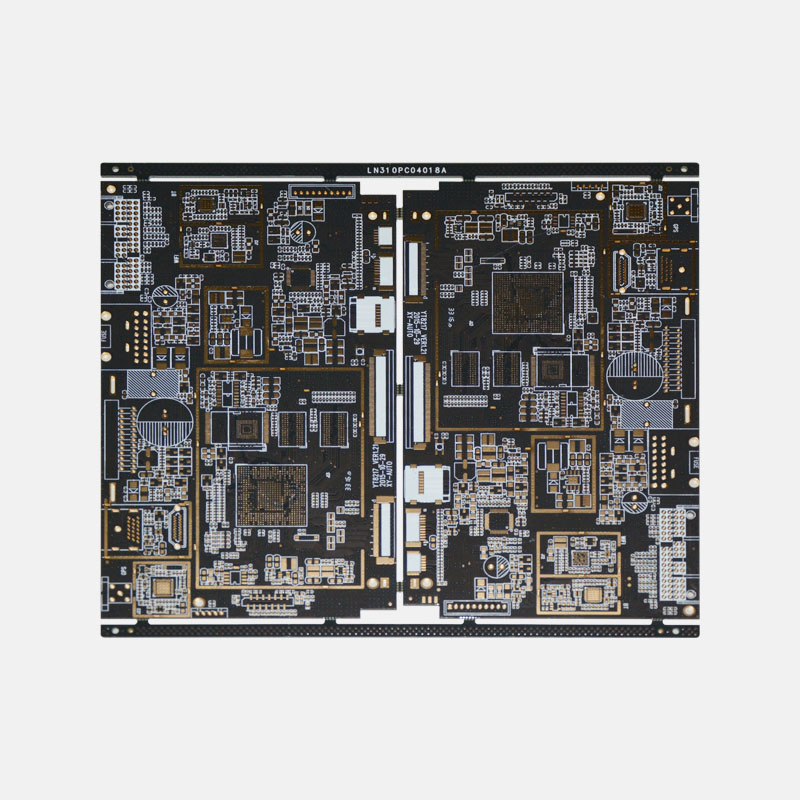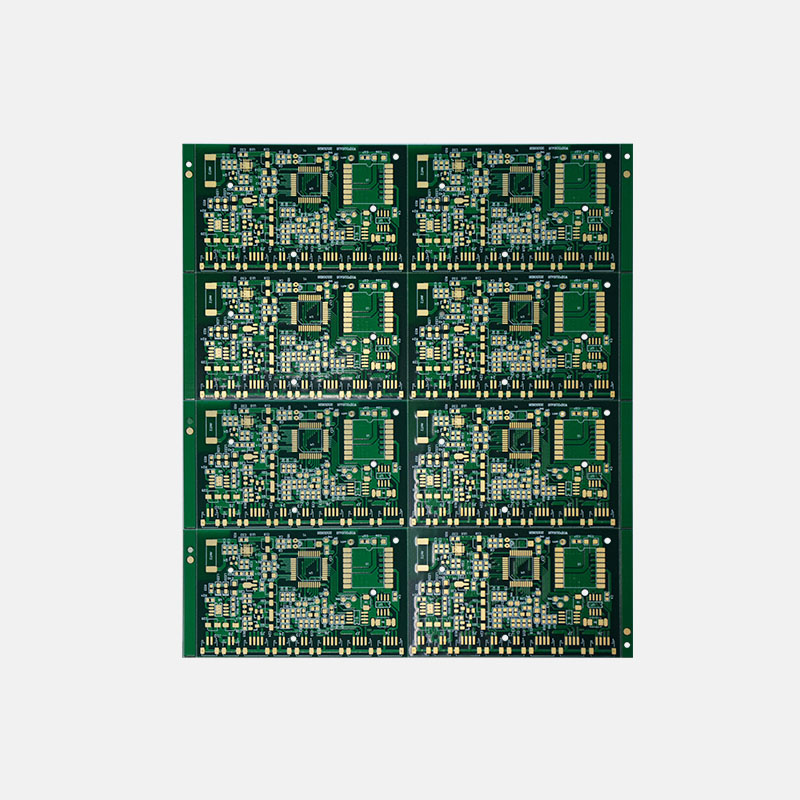How much do you know about PCB surface treatment?
How much do you know about PCB surface treatment? This comprehensive guide aims to provide you with a detailed understanding of the various processes involved in PCB surface treatment. By delving into the intricacies of surface treatment, you can enhance your knowledge and make informed decisions when it comes to your PCB projects.

The Importance of PCB Surface Treatment
PCB surface treatment plays a vital role in ensuring the overall performance and reliability of electronic devices. Its primary purpose is to protect the PCB from environmental factors, enhance solderability, and facilitate the adhesion of components. Without proper surface treatment, the functionality and longevity of the PCB may be compromised.
Commonly Used PCB Surface Treatments
1. Hot Air Solder Leveling (HASL): Also known as solder leveling, HASL is one of the most widely used surface treatments. It involves coating the PCB surface with a tin-lead solder alloy and then leveling it by passing it over a hot air knife. HASL provides excellent solderability and is cost-effective, making it suitable for various applications.
2. Electroless Nickel Immersion Gold (ENIG): ENIG involves depositing a thin layer of nickel and gold on the PCB surface, providing superior corrosion resistance, excellent conductivity, and flatness. It is widely used in high-reliability applications such as aerospace and medical industries.
3. Immersion Silver (IS): IS is a surface treatment where a layer of silver is applied to the PCB surface. It offers excellent solderability and is an ideal choice for high-frequency applications. However, it is susceptible to tarnishing and requires proper handling during storage.
4. Organic Solderability Preservative (OSP): OSP involves applying a thin protective layer on the PCB surface, improving solderability and preventing oxidation. It is environmentally friendly and cost-effective, making it suitable for high-density circuit boards.

Considerations for Choosing the Right Surface Treatment
When selecting a PCB surface treatment, several factors should be taken into account:
1. Application: Consider the specific requirements of your application. Some treatments may be more suitable for high-frequency circuits, while others excel in high-reliability applications.
2. Cost: Evaluate the overall cost-effectiveness of the treatment, including material and processing expenses.
3. Environmental Compatibility: Consider the environmental impact of the treatment process and the disposal of treated PCBs.
4. Compatibility with Components: Ensure that the surface treatment is compatible with the components to be soldered onto the PCB.
In Conclusion
PCB surface treatment plays a crucial role in ensuring the reliability and performance of electronic devices. By understanding the different types of surface treatments and considering key factors, you can make informed decisions when choosing the most suitable treatment for your specific application. Proper surface treatment enhances solderability, protects against environmental factors, and ultimately prolongs the lifespan of PCBs.
Expand your knowledge of PCB surface treatment and unlock endless possibilities for your electronic projects!
Send PCB Files to Sales@ucreatepcba.com, We Will Quote You Very Soon!



